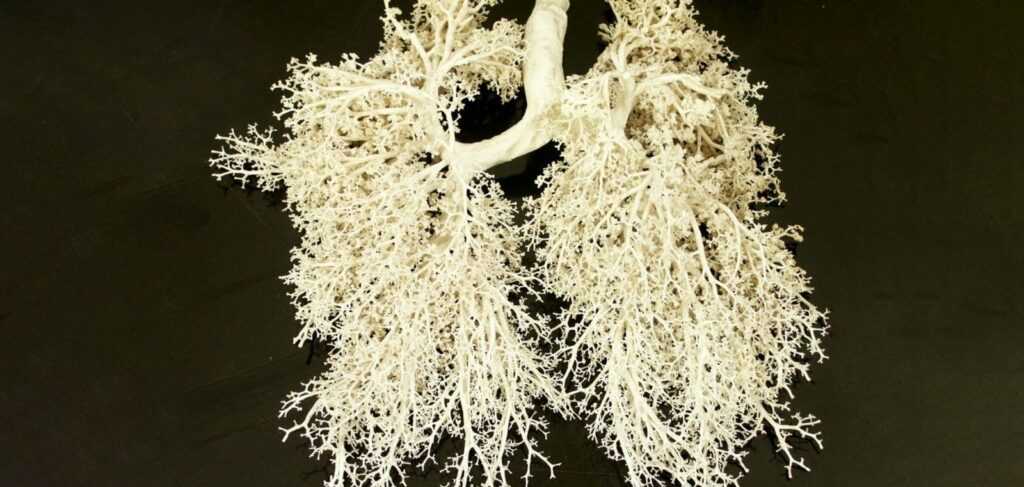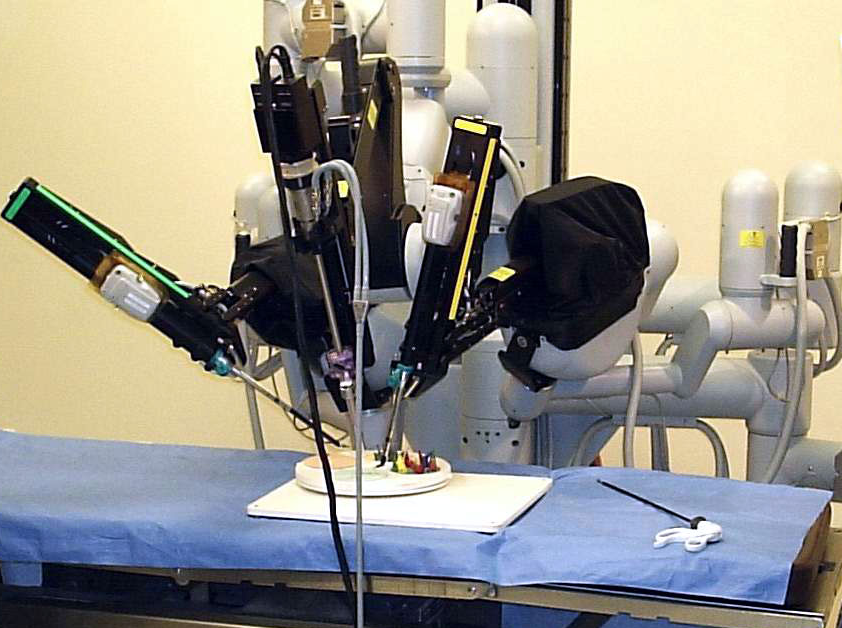
Third molars are rudimentary orgranulars that we can do without. In which cases is it better to remove wisdom teeth, and in which cases is it worth keeping them?
Victims of evolution
Third molars, or “eights,” are called wisdom teeth because they appear much later than the rest of the teeth when people become adults. Not only do they erupt, but they are also laid down later than other teeth. If the rudiments of both deciduous and molars are formed in the child in the womb, the “eights” are born only at the age of 3-5 years, and not everyone has them. The presence and number of molars is determined by heredity and varies greatly from population to population. For example, indigenous Mexicans lack wisdom teeth in almost 100% of cases. But Australian aborigines often have not only third, but also fourth (abnormal) molars, i.e. some of them have a total of 36 teeth. Belonging to one or another race also affects the age of eruption of “eights”. On average, they appear at the age of 17-23 years, but it is noted that in negroids it occurs earlier. Researchers also observe unifying patterns. For example, the number of cases of agenesis, i.e., the absence of wisdom teeth germs, has recently been increasing in representatives of all peoples of the world. This is due to the fact that the third molars are among the rudimentary organs that are still preserved but have lost their importance in the course of evolution.
Our distant ancestors, who ate roots, leaves, stems and fruits of wild plants, could not do without them. Third molars helped them to grind coarse plant fibers, which partially compensated for the inability to effectively digest fiber and cellulose. However, about 10,000 years ago, humans learned to cultivate plants, which made their food softer. As a result of the change in diet, the size of the dental arches and jawbones decreased, leaving less and less room for the wisdom teeth. Related to this are the problems of eruption. Mentions of severe pain accompanying this process can be found as early as in the works of Aristotle, but really serious pathologies that are dangerous to health – dystopia and retention – became really massive in the twentieth century.
When your wisdom teeth are growing in crookedly
Dystopia is a misalignment of the third molar relative to the entire dentition, and retention is the concealment of the third molar in the soft or bony tissues of the jaw. In the first pathology, the wisdom tooth is most often tilted forward, a pocket is formed between it and the “seven”, in which food debris accumulates, which can cause inflammation of soft tissues, increased deposition of tartar and soft plaque, as well as carious damage to both the wisdom tooth itself and its neighbor. Teeth with such pathologies are usually extracted.
More rarely, the “eight” is tilted backward or sideways relative to the rest of the tooth row, and in some cases it even rotates around its axis. Such pathologies are fraught with regular damage to soft tissues, for example, if the tooth is turned outward, it will constantly traumatize the inner surface of the cheek. Non-healing wounds that persist for decades can be dangerous. First, they are a “gateway” for various infections, and second, cells in damaged tissues have a higher risk of degeneration. That is, an improperly growing wisdom tooth may eventually cause cancer. Dystopia, especially if it is accompanied by patient complaints, serves as an indication for removal of the third molar.
Retention, a condition in which the wisdom teeth cannot erupt, can be complete or partial. In full retention, the tooth most often cannot come to the surface through the bone tissue. In partial retention, it begins to cut, the gum above it becomes inflamed and swollen, visibly increasing in size. During chewing, the soft tissue around the crown of the tooth is often bitten and traumatized. Scarring and sclerosing of the mucosa occurs, causing it to become denser and the wisdom tooth cannot overcome it.
The tooth stops protruding and a so-called hood is formed over the tooth. Over time, food debris, sloughing epithelial cells, and mucus accumulate in the space between the crown of the tooth and the inner surface of the hood. All this creates favorable conditions for the development of pathogenic microflora, and constant trauma to the hood during chewing reduces the local immunity of the mucosa and leads to the formation of erosions and ulcers on its surface. As a result, the risk of pericoronitis – inflammation of the soft gum tissues surrounding the wisdom teeth – increases dramatically. Like any bacterial infection, this condition requires antibiotics, and to prevent recurrence, dentists either excise the hood or extract the tooth itself.
Sometimes there are mixed pathologies, combinations of dystopia and retention. These are the most difficult cases, when the development of various types of purulent inflammatory processes is likely: abscesses, osteomyelitis and phlegmon. In all such cases, it is recommended to extract the wisdom tooth.
Unnecessary but useful
Many dentists, especially in Western countries, recommend getting rid of wisdom teeth early. They argue that third molars often cause hidden problems that are asymptomatic for a long time. In addition, they can be too difficult to reach with a toothbrush or floss, which is why decay affects them more often than any other tooth.
As we age, the risk of serious complications that wisdom teeth bring increases. Statistically, less than 2% of people age 65 and older have all four perfectly healthy eights and the soft tissue surrounding them. Because of this, some surgeons believe that they are best removed before the age of 20, while the roots are still soft and not fully formed. In addition, young people can tolerate dental surgery much more easily and complications are less common than in older people.
However, recent dental care guidelines not only do not recommend removing healthy third molars if they have enough room to grow normally, but also do not indicate the need to get rid of partially or improperly erupted teeth unless they are causing unpleasant symptoms.
A healthy eight is just like any other molars. It can be cleaned, treated and filled just as well, and if necessary, it can be used to support a bridge or a denture (removable dentures).
In addition, recent studies by biologists give reason to hope that rudimentary wisdom teeth will get a second life. For example, scientists from the University of Pittsburgh School of Medicine (USA) have managed to prove (though only on mice so far) that stem cells taken from wisdom teeth can be transformed into corneal stromal cells called keratocytes and used to repair the damaged cornea of the eye after infection or trauma.
In most languages of the world, third molars are referred to as wisdom teeth. However, there are some amusing exceptions. For example, in Galician, the eighth tooth is dubbed the “end mill”, in Turkish the “tooth of 20 years”, and in Korean the “love tooth”, referring to the youth and pain of first love. In Japan, the word for the third molar literally sounds like “unknown to parents,” for when the wisdom teeth begin to erupt, the child tends to become independent. In the Indonesian language, “eights” are called “younger sons”, meaning that they are much younger than their neighbors. And Thais use the expression “compressed tooth” because the third molars often lack space for normal growth



